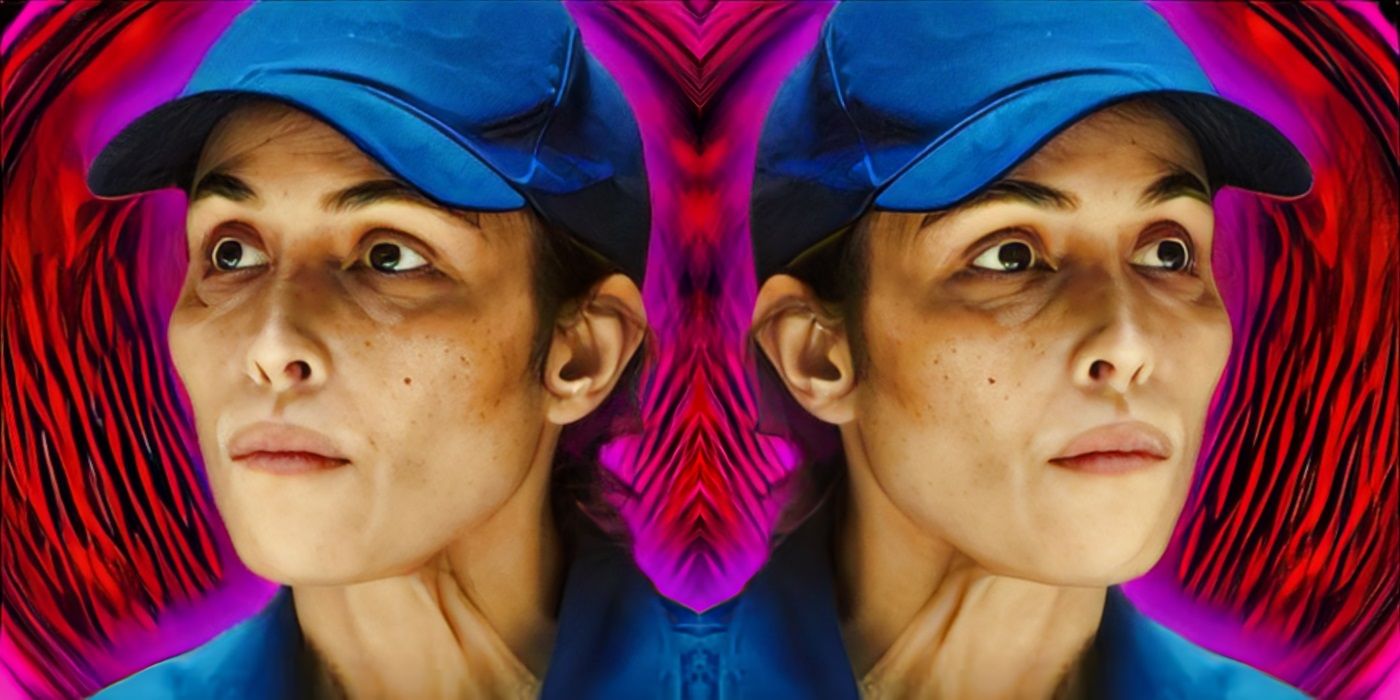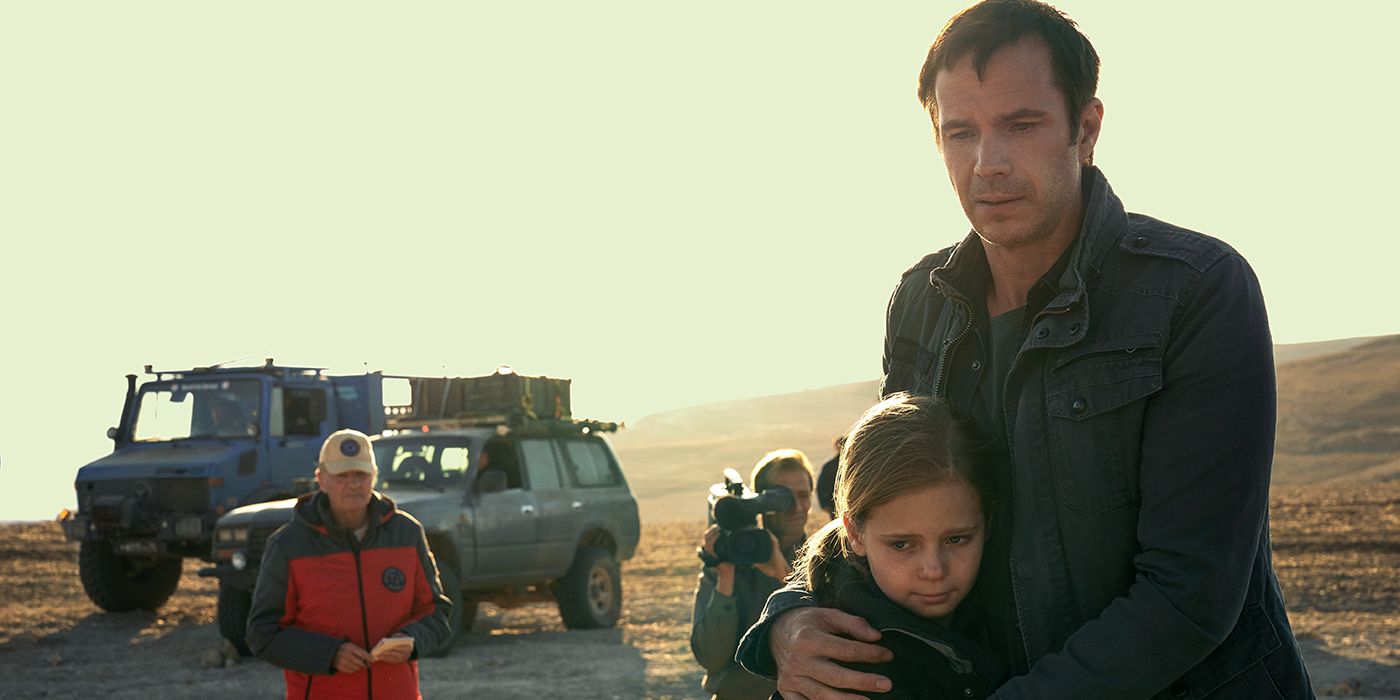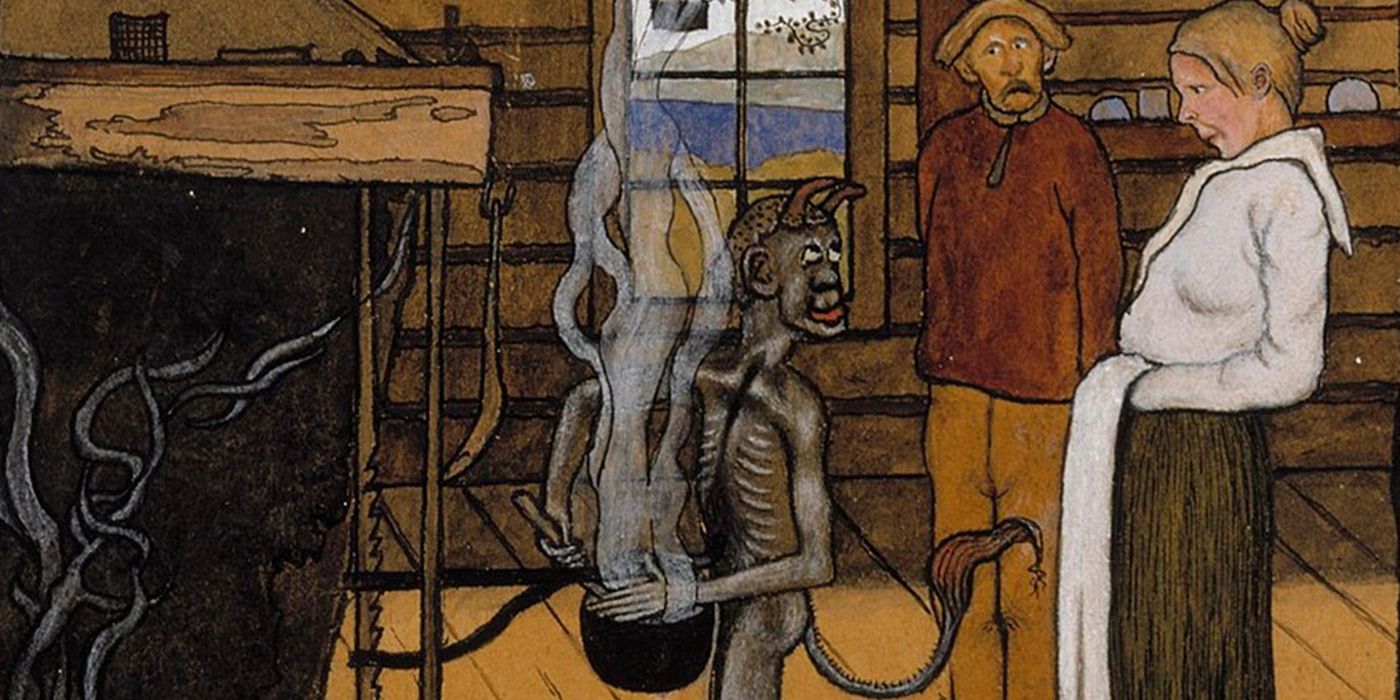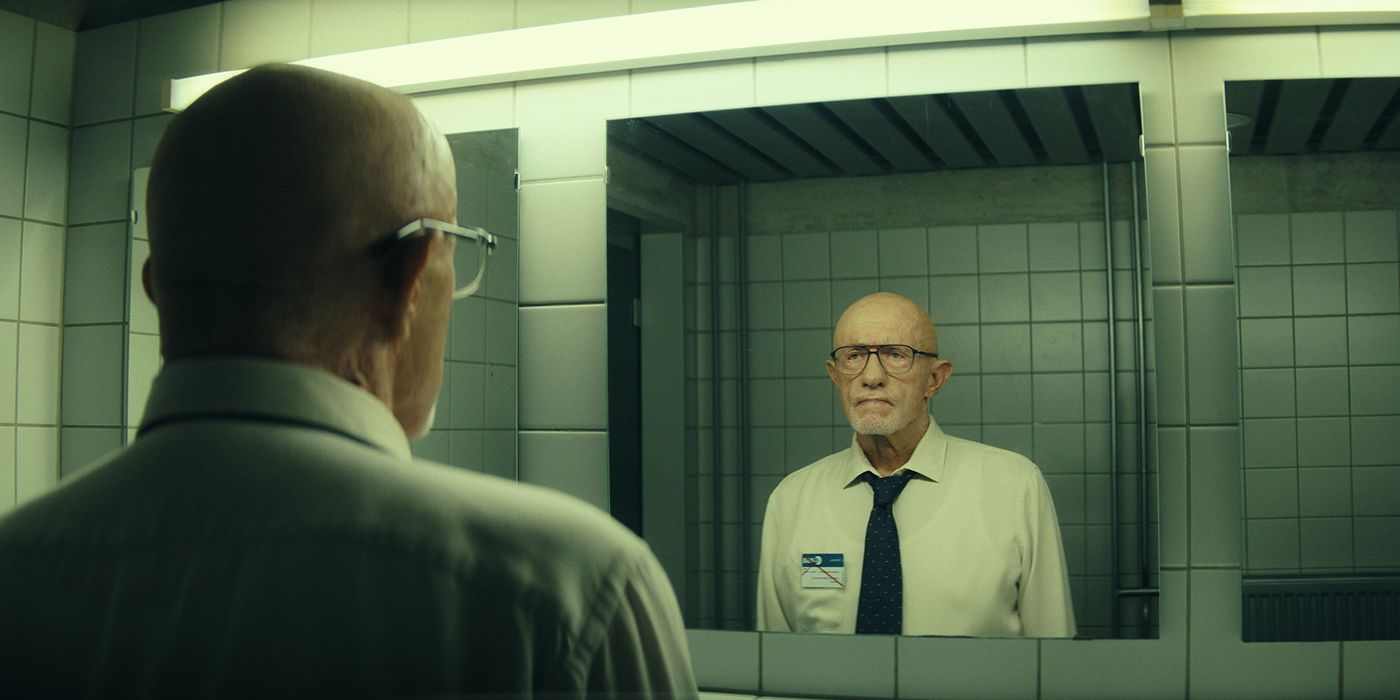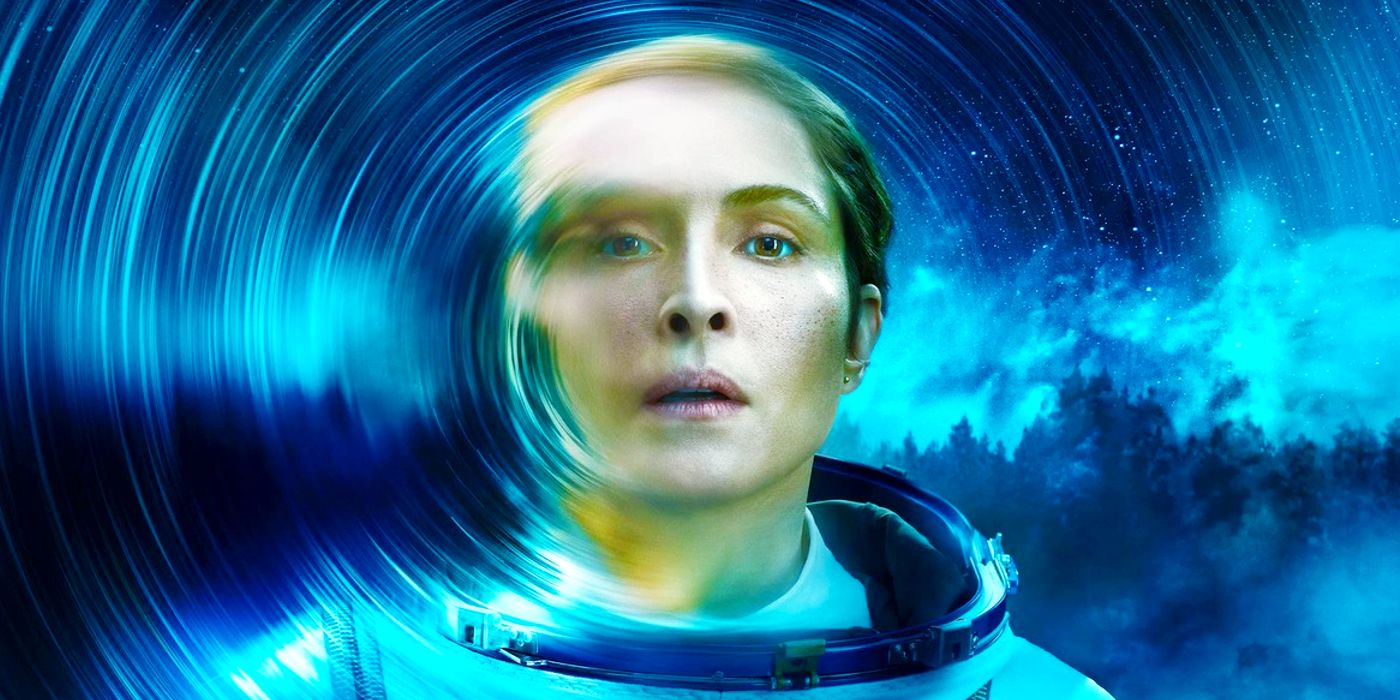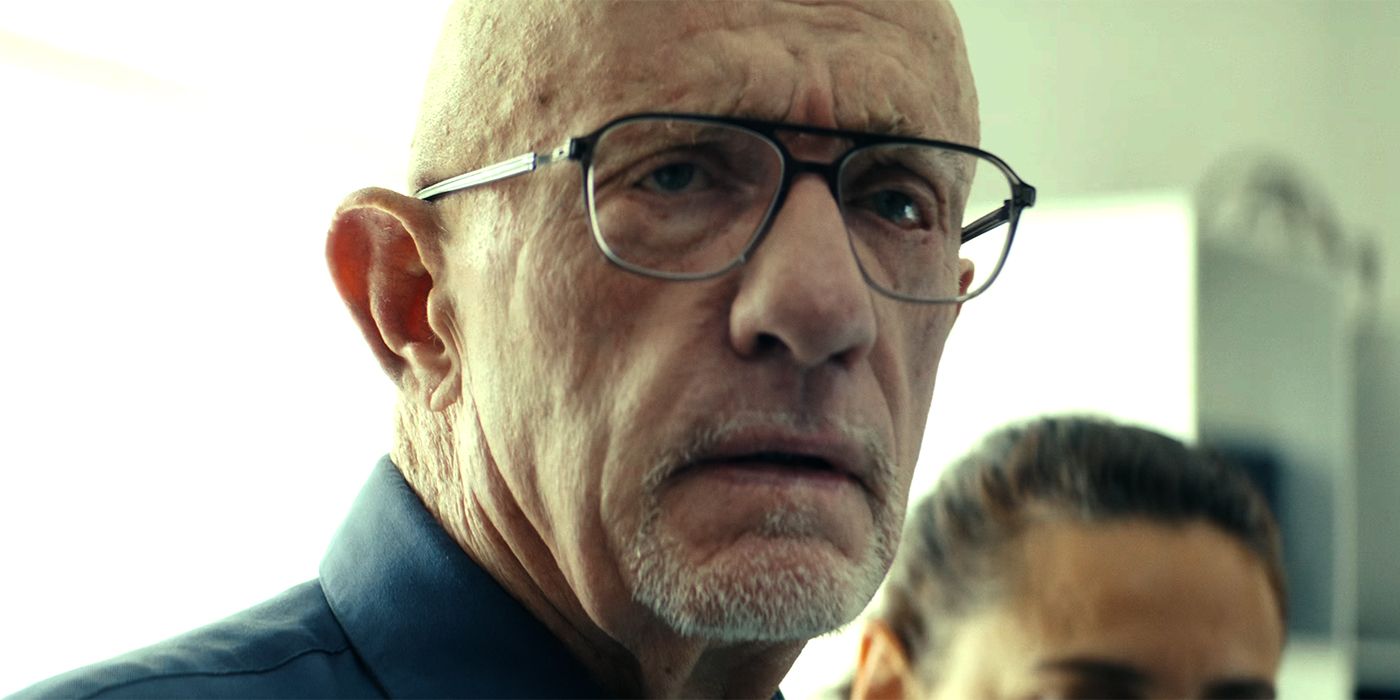Warning! Contains major spoilers for Constellation’s episode 4.
Summary
- Jo struggles with her altered reality, leading to a shocking turn of events involving Magnus in Constellation episode 4.
- The show explores parallel realities, swapping between Jo A and Jo B, blurring the lines between life and death.
- Superposition and interference effects play a role in the characters’ perception of reality in Constellation’s latest episode.
Constellation‘s episode 4 features terrifying twists and turns that not only land Jo in some serious trouble but also explain what might be happening to her, Henry, and Alice. In its opening moments, Constellation‘s episode 4 focuses on how Jo gradually settles into her life on Earth, even though she still struggles to understand how significantly everything around her has changed. She even consults a psychologist who gives her tablets to help her deal with the toll space travel took on her mental health.
However, things take a strange turn when Jo gets curious about the history of cosmonauts who experienced similar changes as her after they returned from space. Her relationship with Magnus also deteriorates when Magnus starts questioning her about her affair with Frederick and reveals that he was seeing someone when she was gone. The Apple TV+ series’ episode 4 ends with a shocking turn of events that will likely force Jo to further confront her distorted reality instead of sitting back and accepting it.
Apple’s Constellation Adopts A 6-Year-Old Sci-Fi Movie’s Storytelling Trick (But Executes It Better)
Apple TV+’s Constellation seems to adopt the same storytelling devices as a 6-year-old sci-fi horror movie but it somehow executes it much better.
Is Magnus Dead In Constellation Episode 4’s Ending
Jo seems to have killed the Magnus in her reality
In Constellation episode 4’s ending moments, Jo and Magnus argue about her relationship with Fredrick because Fredrick claims he and Jo were having an affair. When Jo claims to have no memories of her affair with Frederick, Magnus gets even more infuriated. In the heat of the moment, Jo pushes Magnus, and he hits his head on the edge of Jo’s piano before falling to the ground. Although the Constellation episode’s ending does not reveal Magnus’ fate, he seemingly dies after the incident, given how he is not with Jo and Alice in the scenes from the show’s future timeline.
Constellation‘s episode 4 opens with a scene where Magnus and Alice are in Sweden, visiting the same cabin in the snow where Jo and Alice live in the future timeline of episodes 1, 2, and 3. Episode 4’s opening scene seemingly gives viewers a glimpse of an alternate world where Magnus is still alive, but Jo is likely dead. The Jo who kills Magnus belongs to the alternate reality where Magnus and Alice visit the cabin in the snow in episode 4’s opening scene. However, somehow, after the CAL experiment on the ISS, she swapped places with the alternate Jo, who was having an affair with Federick.
Alice’s Vision Of Jo’s Funeral In Constellation Episode 4’s Ending Explained
Alice sees a vision of an alternate reality
After waking up in the middle of the night, Alice walks down the stairs of her home and gets a vision of an alternate reality in her living room. She not only sees a parallel version of herself but also witnesses the funeral of her mother’s alternate self. To avoid confusion, one can refer to the two Jo(s) as Jo A and Jo B. Jo A had an affair with Fredrick before she left for space and was also having relationship problems with Magnus.
Jo B is the one who swapped places with Jo A and returned to an alternate version of the Earth after completing the ISS space mission. Owing to this, Alice seems to witness the funeral of Jo B in her vision, even though Jo B is still alive. She has only been presumed dead in the alternate world because she swapped places with Jo A. Although Jo A’s fate is unknown, she likely died on the ISS, and one clue seems to confirm this. In Constellation‘s episode 3, Jo B sees a vision of Paul when she visits his grave.
The vision seems to suggest that Paul did not die in an alternate universe. Instead, her alternate self, Jo A, passed away during the ISS mission and never made it back to Earth. Therefore, Alice’s vision of Jo’s funeral suggests that her real mother, Jo A, died in space, and the one currently living with her is Jo B.
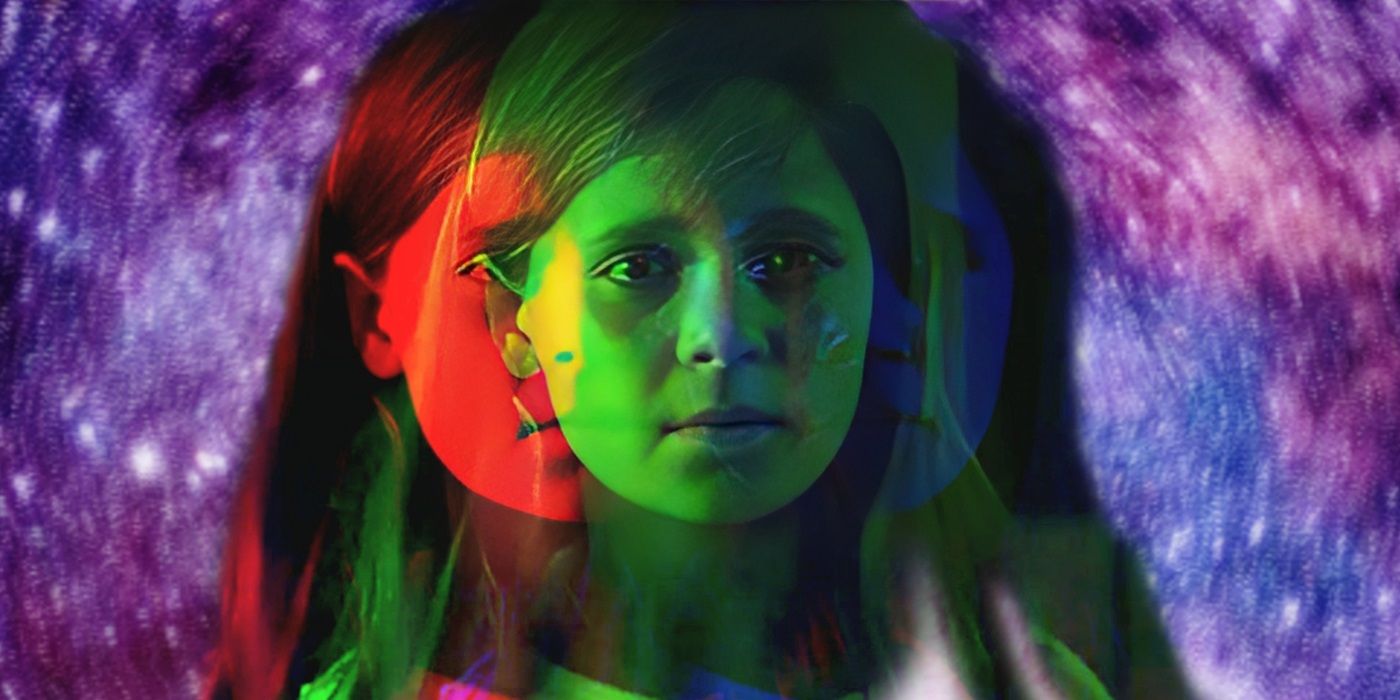

1 Specific Constellation Casting Detail Hints At The Show’s Big Alice Mystery
Many aspects of Constellation’s plot remain shrouded after ep. 3, but a casting choice made for the show might have answers for its big Alice mystery.
Symbolism Behind The Hugo Simberg Painting In Constellation Episode 4’s Ending Explained
The Hugo Simberg painting symbolizes Jo’s isolation and struggles
Before Constellation episode 4’s credits start rolling, the camera presents a panning shot of Hugo Simberg’s “The Poor Devil by the Fire; The Devil by the Pot.” The painting shows a devil standing by the fire, brewing a smoking pot, as two humans look at him in disbelief. The painting seems to capture the duality of good and evil, where the appalled humans seem to be associating the devil with something malicious. However, it is hard not to empathize with him because he is malnourished and impoverished. The devil seems to be a reflection of Jo B.
The painting captures the complexity of Jo B’s morality, challenging viewers to question whether she is to be blamed for Magnus’ death or is only trapped in the inexorable grip of cause and effect.
She accidentally kills Magnus, but one cannot help but feel for her because she is not responsible for what is happening to her. Like the devil, she has found herself in a world where she will struggle to find fulfillment because she is facing the impact of choices she never made. All in all, the painting captures the complexity of Jo B’s morality, challenging viewers to question whether she is to be blamed for Magnus’ death or only considered a victim of the inescapable grip of cause and effect.
Why Jo & Henry Were Given B Vitamins
No one believes their claims and visions
Constellation episode 4 reveals that Jo and Henry were given anti-psychotic drugs because no one believes what they are seeing is real. When Jo researches more about the tablets she was given, she learns that most astronauts who returned from space received a different set of pills called Vitamins (A). However, she, Henry Caldera, and only a few others got the Vitamins (B) formulation. When she looks up the history of other cosmonauts who got the Vitamins (B) formulation, she realizes that, like her, they, too, saw strange visions and even reported seeing angels in space.
This reveals that a few other astronauts had also somehow landed in a liminal space between two alternate worlds, where they started noticing the dual states they simultaneously existed in. However, since the people around them did not experience the same, they assumed that their visions were a consequence of the mental toll space travel had taken on them. The vitamins also establish which astronauts swapped with their alternate selves. The ones who got Vitamins (B) belonged to a “beta” Universe, while the ones consuming Vitamins (A) are right where they should be.
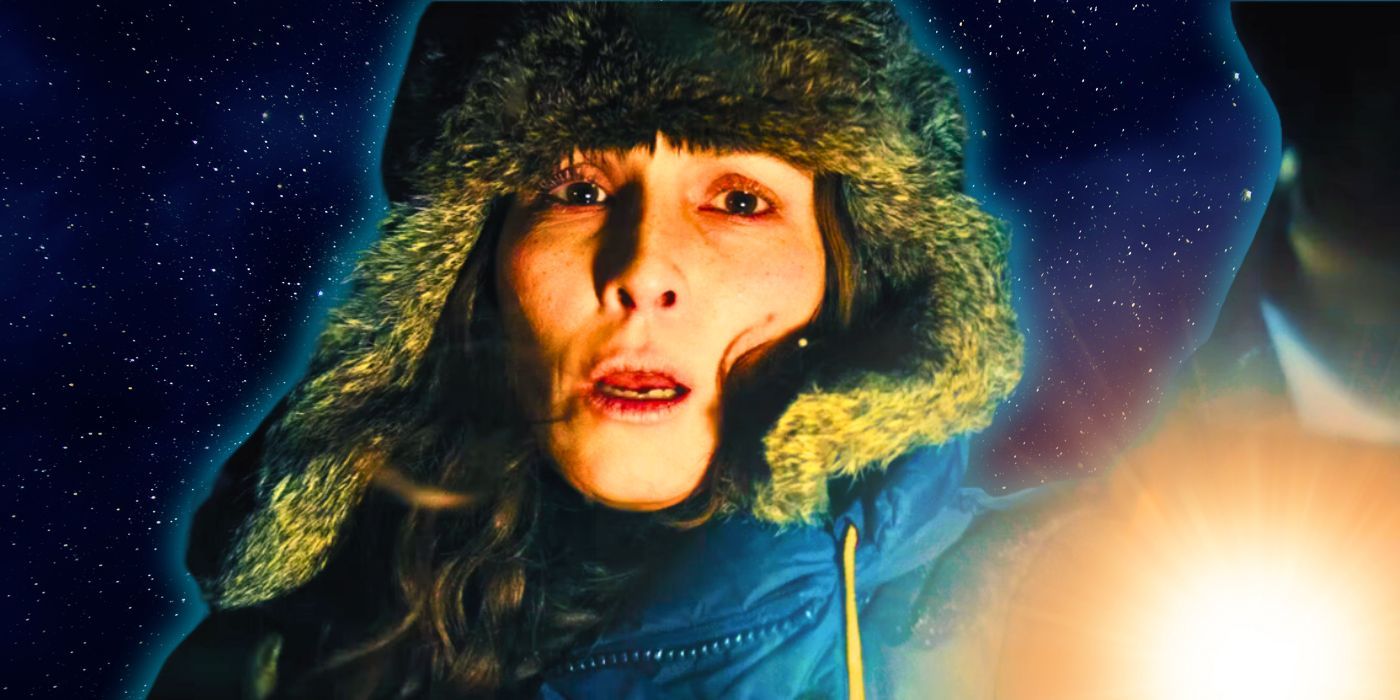

Constellation’s Reference To An Early 20th-Century Poem Might Explain Its Biggest Mystery
Apple TV+’s Constellation’s episode 3 drops a reference to an early 20th-century poem that seemingly explains its biggest and most baffling mystery.
Superposition In Henry’s CAL Experiment Explained
The superposition principle explains what is happening to Constellation’s characters
Henry tries to explain quantum physics to Alice in Constellation‘s episode 3. He asks her to picture a particle that can exist in two different states simultaneously. While the particle is black in one world, it is white in another. He then asks her to think of the same particle existing in a liminal space between the two worlds. In this liminal space, the particle can be both black and white but will not decide what it is unless it is being observed.
With this, Henry draws a clear picture of the superposition principle in quantum mechanics. Similar to the particles Henry describes in his thought experiment, the characters of Constellation exist in multiple states. However, after being exposed to Henry’s CAL experiment, they are somehow experiencing a liminal world where their alternate states have converged into one reality.
The Meaning Of “Interference Effect” (& Why Only Henry Can Observe It)
According to quantum superposition, the same particle can exist in multiple states at the same time, which defies the laws of classical physics. However, when one attempts to measure or observe the particles, they collapse into a certain state that can be described using classical physics. This collapse in the superposition of the particle is called the observer’s effect, a consequence of the interaction between the quantum system and the apparatus used for measuring it. A method used for demonstrating this phenomenon is called the double-slit experiment.
In the double-slit experiment, particles are fired through a barrier that has two slits. When the particles are not measured or observed, they exhibit wave-like behavior, projecting an interference pattern on the screen behind the barrier. This is called the interference effect, caused by the waves from the beam interfering with each other as the light passes through the slits. However, observing or measuring the particles changes how they behave. Instead of maintaining the interference effect, they act more like particles, producing only two distinct bands of particles on the screen behind the barrier when measured.
In Constellation‘s episode 4, Henry gets in touch with an MIT professor and tries to explain how his CAL experiment showed a similar interference effect. Unfortunately, he is unable to back his claims because the observer’s effect only allows him to perceive the interference but not record or measure it for evidence. Every time he tries to measure or “observe” the particles in his CAL experiment, they collapse into more certain states instead of exhibiting duality.
This leads Henry to believe in Constellation episode 4 that it is not the act of observing the experiment that changes its result but the other way around — the experiment is altering the observer’s perception. His speculation defies the conventional understanding of quantum physics, explaining why the MIT professor refuses to believe him. However, Henry’s newfound insight explains why everyone who comes in contact with the CAL experiment starts experiencing anomalies in their reality and perception in Constellation.
New
Constellation
episodes premiere every Wednesday on Apple TV+.


Constellation
Constellation is a sci-fi psychological thriller written and created by Peter Harness for Apple TV+. After facing a crisis in space, Astronaut Jo returns to Earth only to discover nothing is quite the same – and that her sanity may be slowly slipping from her grasp.
- Cast
- Noomi Rapace , Jonathan Banks , James D’Arcy , Lenn Kudrjawizki , William Catlett , barbara sukowa , Carole Weyers
- Release Date
- February 21, 2024
- Seasons
- 1
- Streaming Service(s)
- Apple TV+
- Writers
- Peter Harness
- Directors
- michelle maclaren
- Showrunner
- Peter Harness
- Creator(s)
- Peter Harness
This story originally appeared on Screenrant

